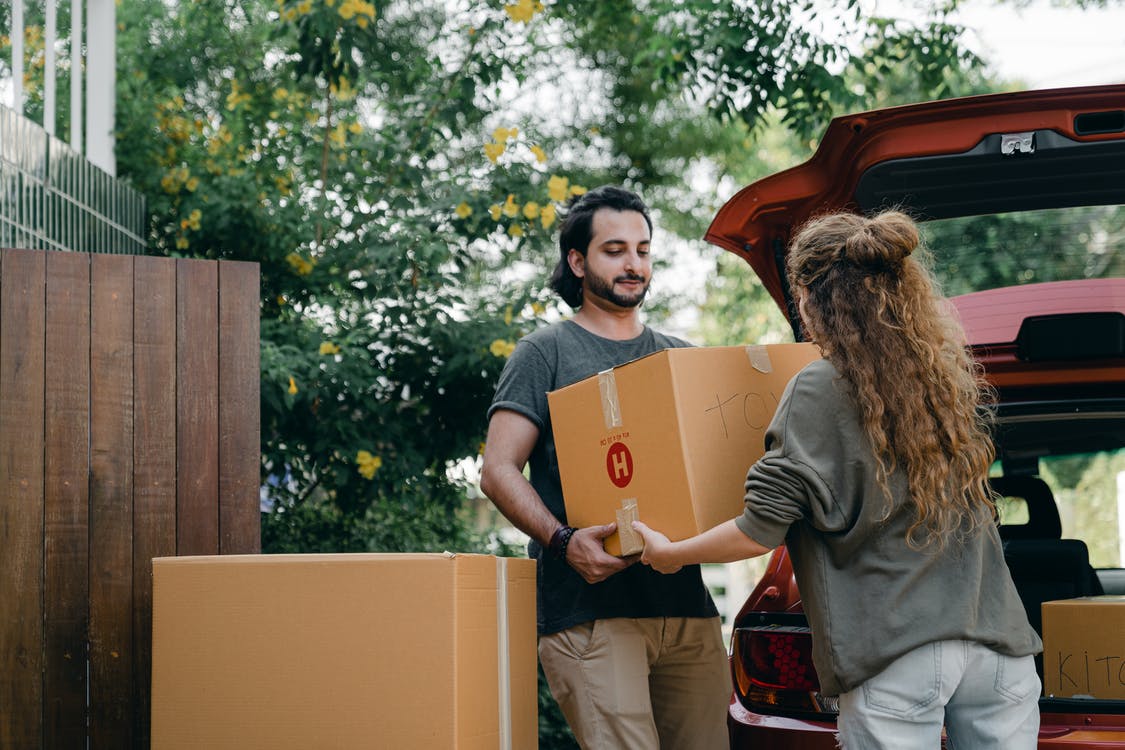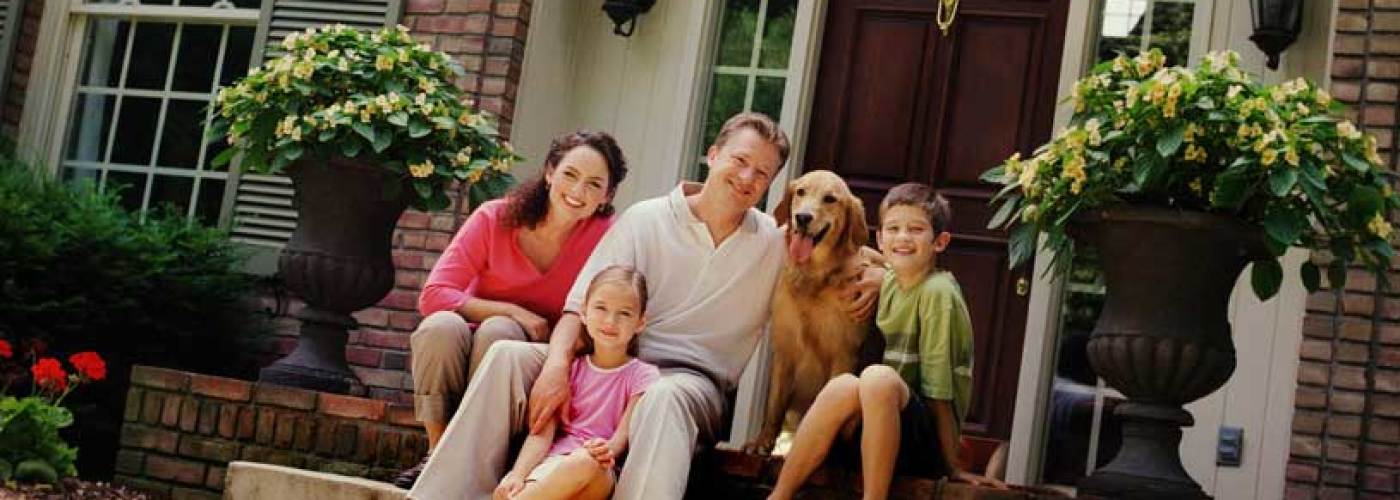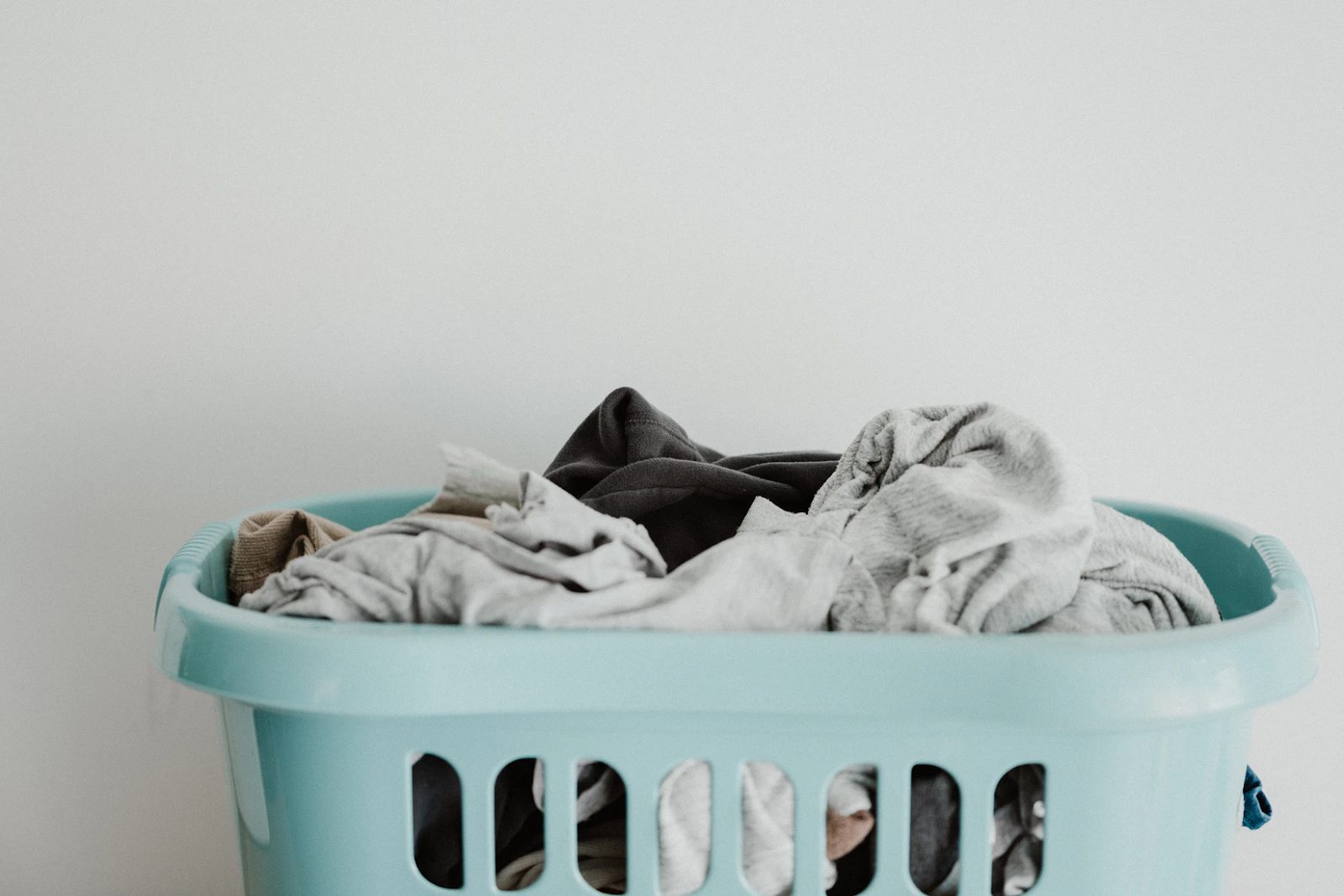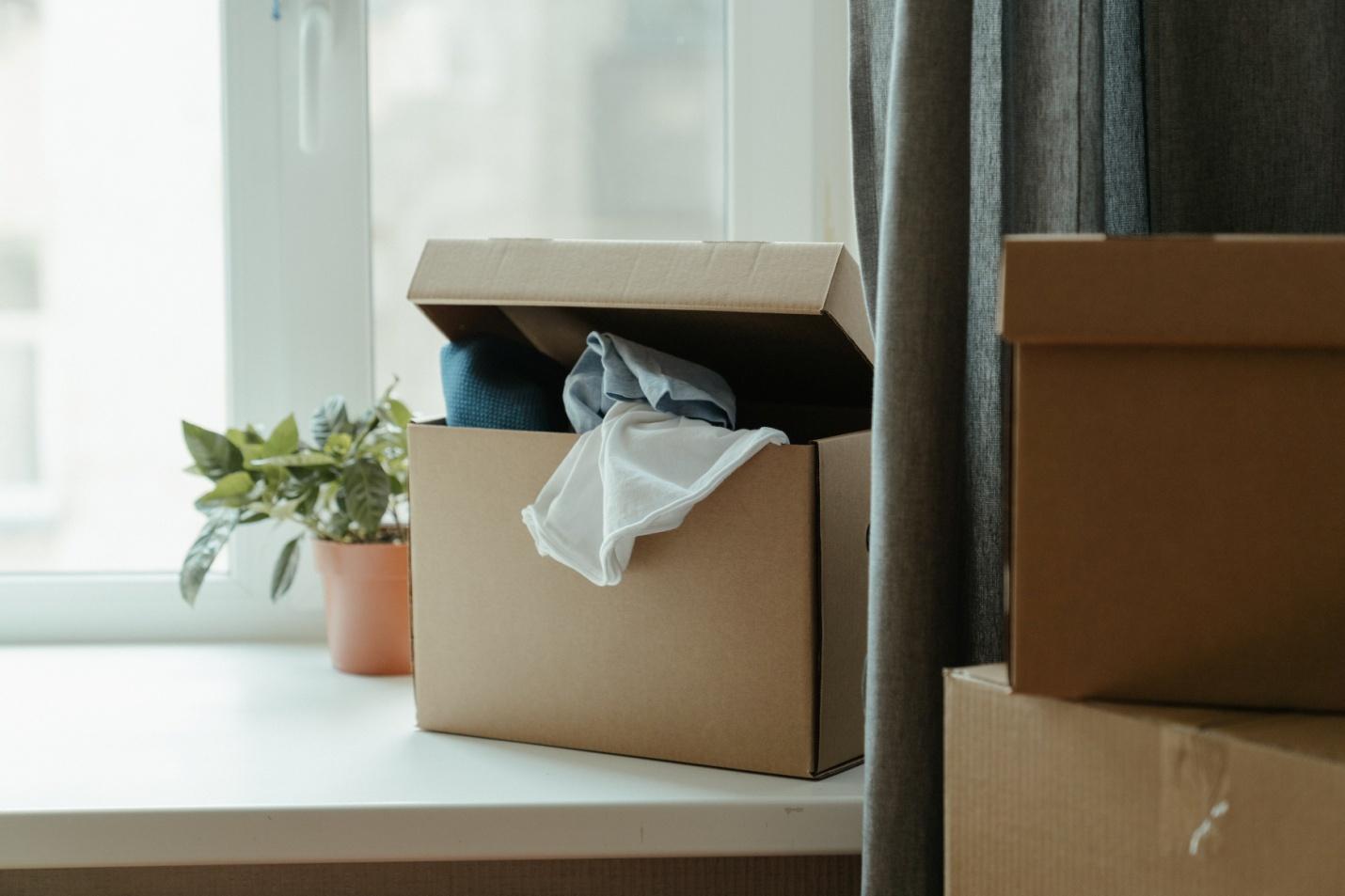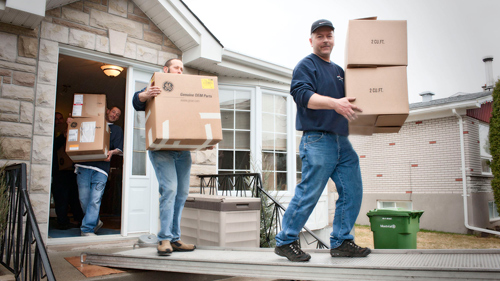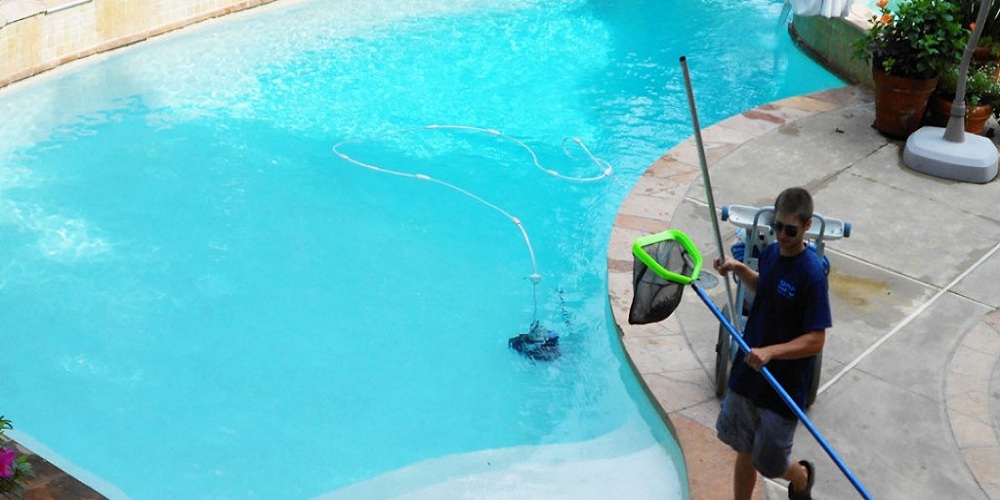Every time you connect something in your home to the internet – whether it’s a computer, a smart phone, an appliance, or a child’s toy – you’re potentially leaving yourself vulnerable to hackers and other cybercriminals. Imagine a hacker accessing your smart refrigerator and watching you through the device’s camera or taking over your home’s smart thermostat and turning up the heat until you pay a ransom. It might sound like something out of a science fiction or horror move, but the risk is real.
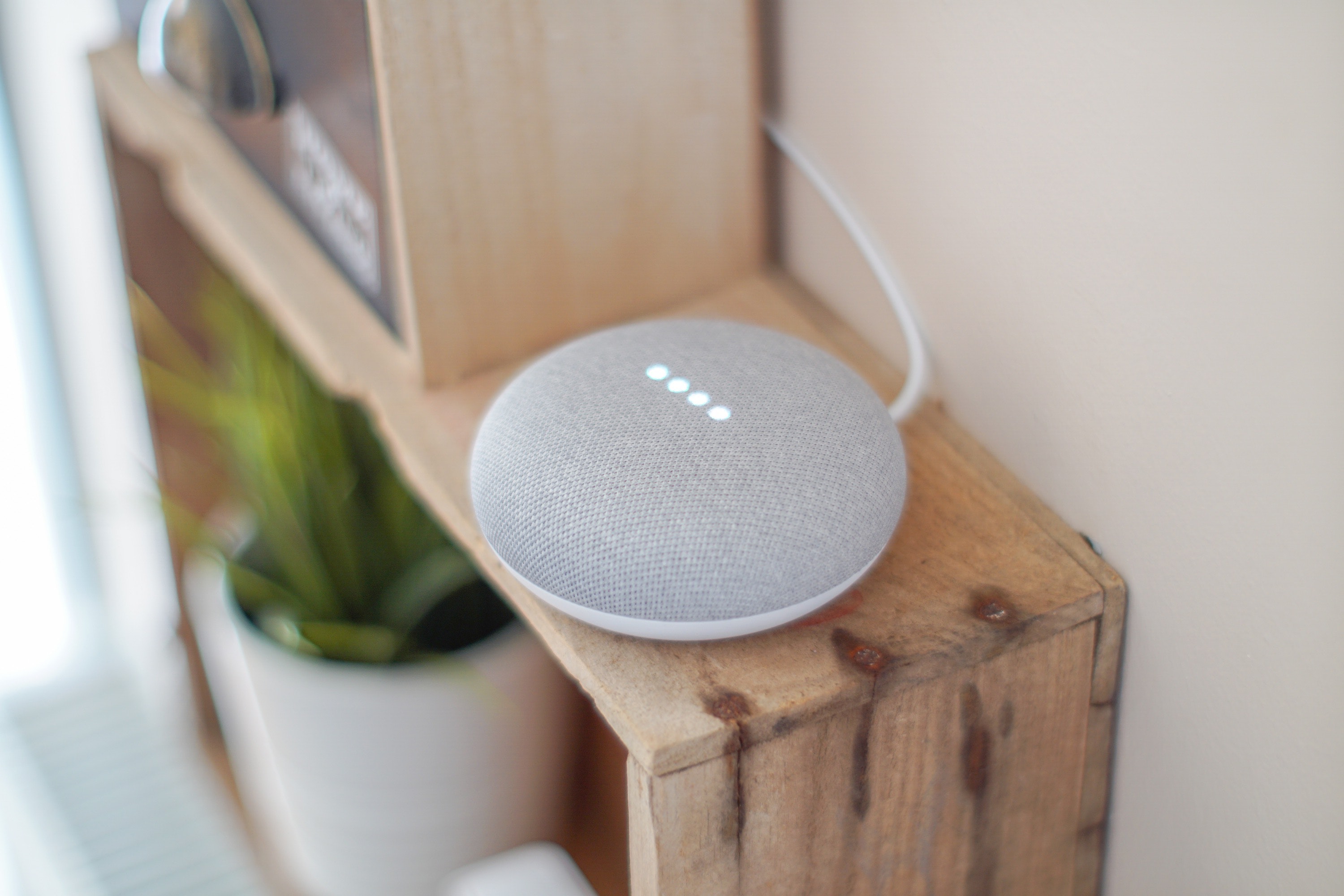
With the proliferation of smart home devices (by some estimates, there will be more than 40 million smart homes by the end of this year) security needs to be a primary concern. Although most reports of smart device related crime are anecdotal, the fact remains that many people aren’t fully protecting themselves against hackers. Often, there is an assumption that device manufacturers take care of security, and there is no way that hackers can actually access them. This isn’t always the case, and if you don’t take responsibility for your own security, you are putting yourself and your privacy at risk.
The Evolution of Smart Home Security
Now, it’s worth mentioning that smart home device security has come a long way in recent years. In the wake of large-scale attacks involving unsecured devices like webcams and security cameras, many manufacturers began taking security seriously and implementing more security protocols.
The problem, though, doesn’t necessarily lie with manufacturers anymore. Although a device may be secure when a consumer first installs it, threats are constantly changing, and that means acting to remain one step ahead of hackers. In other words, setting up your new home assistant or smart television and keeping the default password, or failing to regularly update firmware, could mean that you’re leaving yourself vulnerable to attack. Again, the responsibility for ongoing security falls to you, because even the most secure device out of the box won’t stay that way without some effort.
Protecting Your Smart Devices
So how can you keep your smart home more secure? It actually only requires a few simple steps.
- Use a smart device manager. A simple device that protects your smart home devices from hacking, a smart device manager allows you to keep track of everything connected to your home network and ensure that it’s protected – even if you don’t follow all of the best practices.
- Secure your router. If a hacker is able to access your router, he can potentially access any device on your network. Be sure your router is secure by changing the default password and updating the firmware on a regular basis. This may happen automatically but follow your manufacturer’s instructions for checking for updates and install them when necessary.
- Update firmware. Updating firmware doesn’t only apply to your router. All of the devices on your network may need periodic updates to address vulnerabilities and be more secure. Again, follow manufacturer instructions for checking for updates or allowing automatic updates to ensure you have the most current versions.
- Change passwords. It sounds obvious, but many people never change the default passwords on their devices. Although it’s not as common as it once was, some manufacturers use the same default passwords over and over, so if a hacker learns that password, he can easily access any devices that still use it. At minimum change default passwords when you first set up your deices, but also change them on a regular basis using the same protocols you do for all of your other passwords.

- Only connect what is necessary. Just because a device can be connected to the internet doesn’t mean that it has to be. If you aren’t going to use the smart tools on a device, disable them. Every device on your network is a potential entry point for a hacker, so keep track of what is connected and avoid creating unnecessary vulnerabilities.
Ultimately, it is up to you to protect your smart home devices, but that is easier than ever to do. Be vigilant about what is on your network, take steps to secure your information, and you will be able to enjoy all of the convenience of a smart home without the risk.

